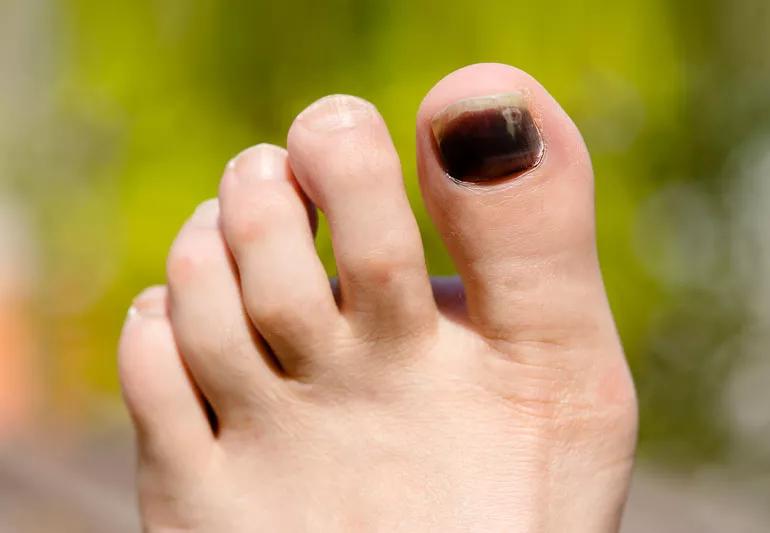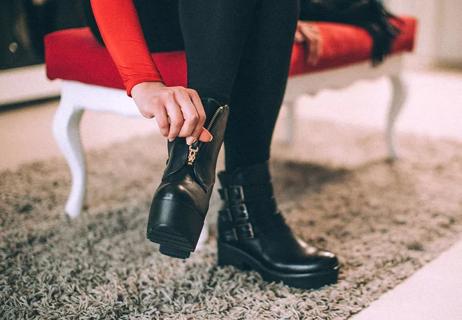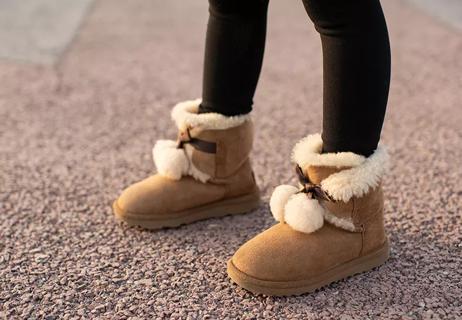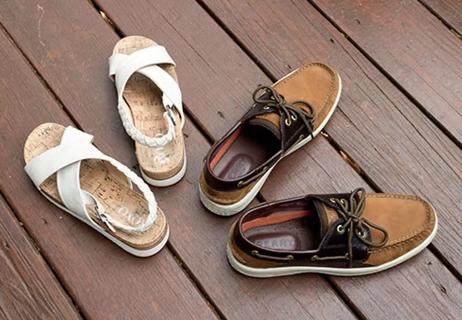A few precautions can keep your toenails from turning black and falling off

Shiny marathon medals often symbolize the miles and miles of training logged by hard-core runners. The same can be said for black, loose or missing toenails.
Advertisement
Cleveland Clinic is a non-profit academic medical center. Advertising on our site helps support our mission. We do not endorse non-Cleveland Clinic products or services. Policy
A condition dubbed “runner’s toe” can be a byproduct of a regular and robust running routine that covers loooong distances. To some, it serves as a badge of honor, representing grit and determination.
But nobody truly considers runner’s toe a reward. It doesn’t look great, after all. Plus, it can hurt.
Luckily, it’s possible to run and keep your toenails looking good if you take a few preventive steps. Let’s take a few laps around the good advice track with podiatrist Georgeanne Botek, DPM.
Your toenails can take quite a beating when you’re pounding the pavement or hitting the treadmill, notes Dr. Botek. Every stride may put a bit of stress on your toenails (particularly on your big toe). Over time, that can take a toll.
“Runner’s toe” describes the damage caused by pressure, shearing and friction as your toenail repeatedly and forcefully makes contact with the front or side of your shoe. This repetitive impact can lead to bleeding under your toenail (subungual hematoma).
“The black or dark color you see under your toenail may be bruising or blood,” explains Dr. Botek.
Aside from the cosmetic issue of a discolored toenail, runner’s toe also may lead to:
Advertisement
Easing up on activity, especially if you’re experiencing pain, will give your toenail a chance to heal. The blackened toenail will eventually grow out over time. (The process may take months, as toenails grow much slower than fingernails.)
It’s also a good idea to get your feet properly sized at a local shoe store to assure you have enough toe box space in your shoes. This can help limit the friction that causes runner’s toe.
Try to avoid painting over black toenails with polish, recommends Dr. Botek. While it may improve the appearance of your toenail, polish also prevents your nail from breathing and isn’t healthy for long periods of time.
It’s also possible that a damaged toenail may have to be removed by a podiatrist. It can take months for a new nail to grow back in.
And as mentioned earlier, draining pooled blood from behind a toenail also may provide relief.
Sweaty running shoes offer the perfect environment for a fungal infection, which can thicken a toenail and turn it black. A growing number of medications — topical and oral over-the-counter and prescription medications — are available to treat mycotic nails.
In rare cases, a black spot under the nail can be a melanoma, or skin cancer. See a doctor if you have a dark spot under your nail that doesn’t go away.
Don’t be fooled by the name, says Dr. Botek — runner’s toe has a much broader reach and can be a source of frustration for:
While runner’s toe can happen to runners, it doesn’t HAVE TO happen, says Dr. Botek. Following these six tips may keep your nails healthy and intact:
Advertisement
Learn more about our editorial process.
Advertisement

Sweat plus bacteria equals sour-smelling feet

If they don’t fit well in the store, they won’t fit any better at home

The lack of arch support in the popular footwear can lead to numerous aches and pains

Keep your tootsies soft and smooth all summer long

How to slough off that dead skin for softer, smoother feet

Keep stepping through summer with this good-for-your-feet footwear guide

Give your nails a chance to breathe, stay healthy

Make sure your salon is clean and sterilizes its instruments

Type 2 diabetes isn’t inevitable with these dietary changes

Applying a hot or cold compress can help with pain